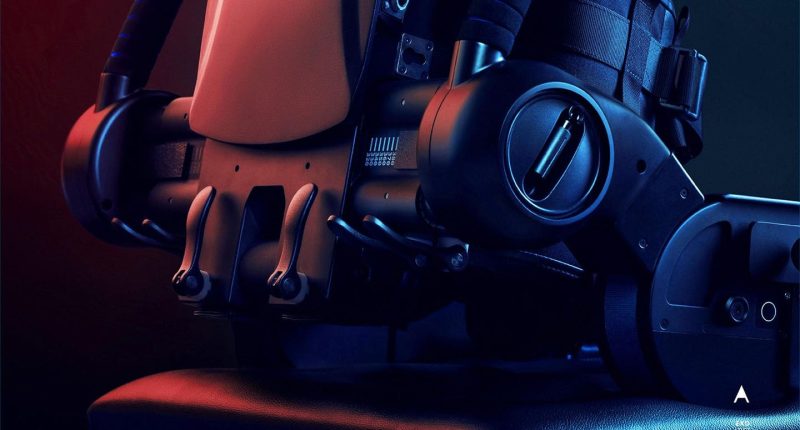Share this @internewscast.com
Image of the ExoAtlet medical exoskeleton by ExoAtlet
ExoAtlet
Powered exoskeletons can cost more than $100,000 and are prohibitively expensive for most. However, the medical technology startup ExoAtlet is trying out a well-known solution borrowed from the software world and will offer its wearable devices as Hardware-as-a-Service (HaaS). This week, the European exoskeleton producer ExoAtlet announced a unique partnership with WeCare MedLease, launching a leasing program intended to make its medical walking assistance wearable robots more accessible to clinics, researchers, and individuals across Europe, Africa, and the Middle East.
While this is the first mass medical rental program, some consumer exoskeletons have already successfully introduced their powered devices as rentals (though not all attempts have succeeded). By adopting an alternative to direct sales and introducing a Hardware as a Service (HaaS) model to medical exoskeletons, ExoAtlet could be paving the way for the occupational/industrial and defense wearable technology markets to follow suit. The high upfront cost of the devices has repeatedly been cited as a barrier to mass adoption.
“People must walk in order to get back on their feet,” says Kate Bereziy, CEO of ExoAtlet. “By combining our strengths with WeCare, we’re making exoskeletons affordable…” The vision is to increase accessibility of this technology to adults, children, clinicians, and researchers alike. As of writing, the rental cost for professional facilities is €150 per day.
Military and Industrial Exoskeleton Users
What ExoAtlet and WeCare MedLease pilot in healthcare can directly translate to all other exoskeleton applications. A well-developed HaaS program could have additional benefits, including the already mentioned reduction to the buyer’s initial investment; it can allow for faster procurement and easier product lifecycle management.
Exoskeleton technology is an emerging solution at the intersection of ergonomics and mobility, characterized by a rapid product development cycle. New models are frequently released, making it challenging for buyers to keep pace. Similar to a car lease that allows the customer to always have the newest model on the road, a rental program can help keep only the latest models in use. The opposite is also true; changes to large manufacturing lines, like a new car model rolling through the assembly line, can make some ergonomic solutions obsolete. A HaaS model would resolve any risk to the buyer of purchasing exoskeletons that may not be needed in the future due to a production line change.
Redefining Exoskeleton Training and Maintenance
A hallmark of a true Hardware-as-a-Service model is that the exoskeleton vendor would be more involved with adopting, using, and maintaining the wearable devices. This would push the entire industry from a distribution model to an integrator one, which is not unusual for complex systems that must be integrated with processes and people. Distributors that don’t have pilot, training, and maintenance capabilities will always have the option to hire third-party contractors and experts and bake their costs into the rental fees.
Only time will tell if the ExoAtlet and WeCare MedLease’s agreement will be approached as a classical rental or a service. However, what is starting in the homes and clinics could create a brighter future across all exoskeleton technology applications.






